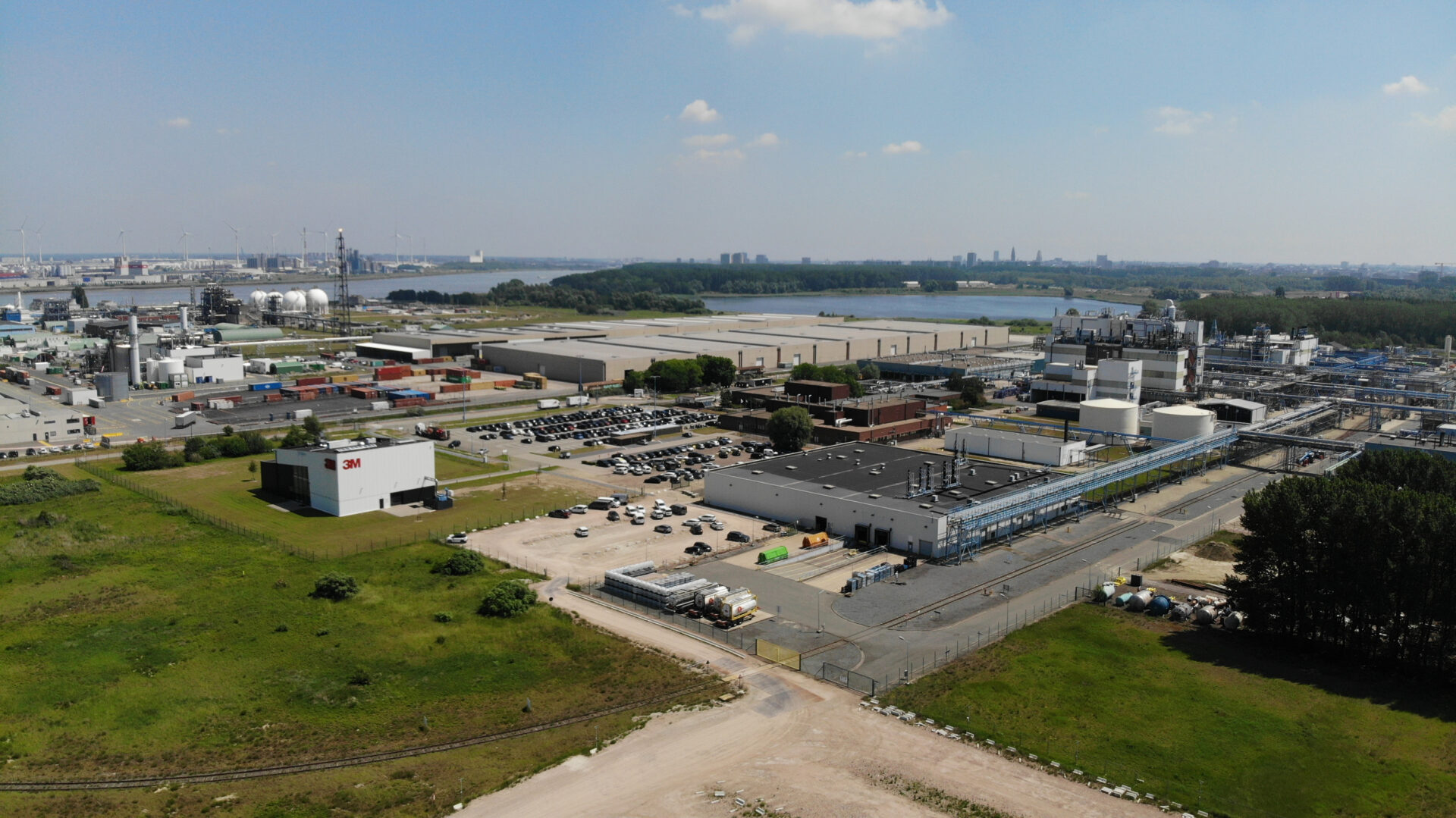Levels of PFAS, so-called "forever chemicals", that exceed European health guidelines have been found in rainwater across the world, including in remote and sparsely populated regions, Swedish research has shown.
Researchers warned that these per- and polyfluoroalkyl substances (PFAS) — a large class of chemicals used in non-stick pans and water-repellent clothes, and of which one type (PFOS) has been detected in the air, soil and blood of people in the proximity of American multinational 3M's factory at the heart of a pollution scandal — could continually remain in the global water cycle, meaning surface water will be impacted by this.
"In many areas inhabited by humans the planetary boundary for PFAS has been exceeded based on the levels in rainwater, surface water and soil, with all of these being widely contaminated above recently proposed guideline levels," the research published earlier this month read.
"They (the 4 PFAS in our paper) will never be removed but levels will slowly drop over decades due to dilution in the deep oceans," one of the researchers, Ian T. Cousins, said.
Exceeding all guidelines
The research selected four PFAS, including PFOS, in various environments and compared these with recently proposed guideline levels. It found that levels of PFOA and PFOS in rainwater often "greatly exceed US Environmental Protection Agency (EPA)'s drinking water levels and are often above EU guidelines (0.65 nanograms per litre).
As a result of the rainwater being so heavily contaminated, this has also led to global soils being ubiquitously contaminated, often above proposed Dutch guideline values. It can take centuries to tackle this issue, a Belgian expert has previously warned.

Although 3M phased out PFOS and PFOA 20 years ago, "it will take decades before levels decrease effectively. Credit: Belga
This was confirmed by the study, which warned that although PFOS and PFOA were phased out by one of the major manufacturers (3M) 20 years ago, "it will take decades before levels in land-based water and precipitation approach low picogram per litre levels."
"While the global emissions of these four PFAAs have been reduced in recent years in most countries, these substances continue to remain in the environment due to their high persistence and will continually cycle in the hydrosphere."
Remote areas also impacted
Researchers warned that this implies potential public health impacts, such as higher incidences (notably in large populations) of PFAS-related effects, such as reduced immune response, but also high additional costs for healthcare.
While there are some areas of the planet where the environmental levels of PFAS remain relatively low, the study added that "even in these remote and sparsely populated regions, such as Antarctica and the Tibetan plateau, the most stringent PFAS guidelines are exceeded." These include areas where drinking rainwater is still a regular occurrence.
Related News
- Flanders reaches agreement with 3M over pollution clean-up
- Around 70,000 people in Flanders can get blood tested for PFAS pollution
- Contamination of soil with possible health risks around 3M pollution site
The researchers warned that it is "highly problematic that everywhere on Earth where humans reside recently proposed health advisories cannot be achieved without a large investment in advanced cleanup technology." They added that the use of PFAS should be banned as soon as possible where possible.
However, others have said that action on these chemicals should wait until the connection between PFAS and disease is more clearly proven.

